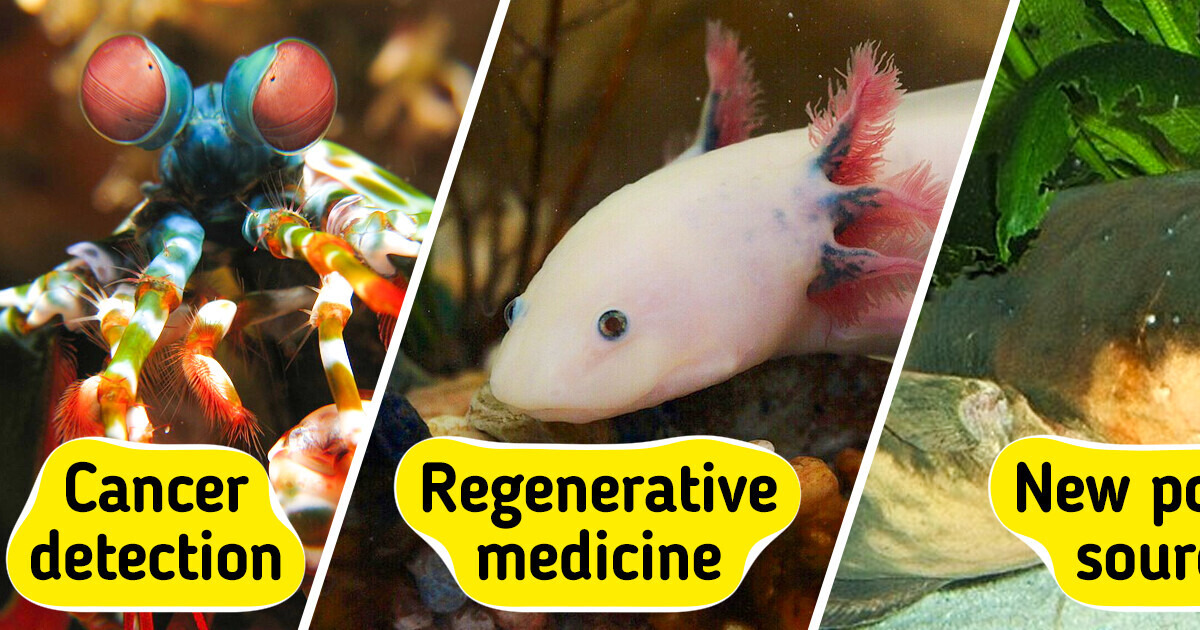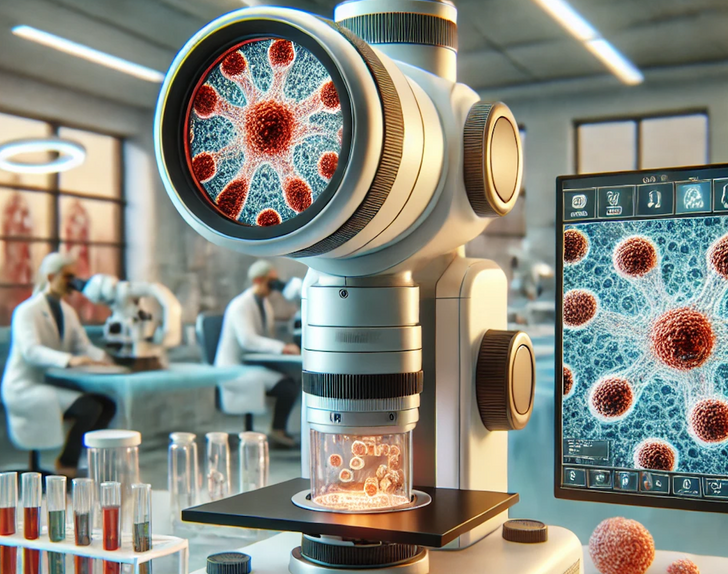10 Tricky Riddles That’ll Leave You Puzzled


Just like how unique and different humans are with their quirks, animals possess their unique abilities as well. With the fascinating phenomena in nature, one can wonder if animals with superpowers exist. Indeed, they do, the following incredible animal abilities serve as nature’s innovation that scientists are eager to study and replicate.
First on the list is the axolotl (Ambystoma mexicanum), an aquatic salamander that possesses a superpower known as animal regeneration. It has the ability to “regrow limbs and repair organ tissue,” as stated by Anna Allen, a program officer in the NSF Directorate for Biological Sciences. It is believed that studying the regenerative cells and genes of the axolotl may help improve treatments and provide insight into the potential for humans to regenerate.
A study used this animal’s ability as a model system to comprehend and potentially treat human age-related deterioration. Research about the possibility of bone healing in this animal superpower was conducted as well. Scientists are eager to learn more about axolotl’s regeneration marvel and its potential contribution to the medical field.
Up next is the Mantis Shrimp, which, according to National Geographic, is not an actual shrimp but a type of stomatopod, and is related to crabs and lobsters.
It has an incredible vision; mantis shrimps see the world through 12 channels of color, while humans can process three channels of color (red, green, and blue). They can also discern UV (ultraviolet) and polarized light, aspects of light humans cannot perceive with the naked eye.
A Queensland Brain Institute researcher, Justin Marshall, in his studies, stated that the mantis shrimps’ vision may contribute to the evolution of color vision, may lead to cancer detection, and boost technology like satellites and camera sensors. This animal superpower that a mantis shrimp possesses has paved the way and served as an inspiration for medical and technological advances.
A hero in nanotechnology with super adhesive power, Geckos are soft-skinned, tiny, and typically nocturnal reptiles. They are the best climbers in the world and can run on inverted and vertical surfaces with seemingly reckless abandon. They can also attach and remove their adhesive toes in milliseconds. Researchers have conducted a great deal of research on it because of its fine-layered adhesive system, which allows it to climb flexibly on a variety of natural surfaces.
Evolutionary biology with geckos was observed and has led to various gecko-inspired adhesive nanostructures, such as robotics. It’s incredible how research on a humble lizard is helping to understand the basic mechanisms behind adhesion and friction and providing biological inspiration for the creation of innovative adhesives and climbing robots.
The fourth animal superpower has something to do with electricity. The electric eel is the most power-generating animal on the planet. It has the capacity to discharge up to 860 volts, which is sufficient to power a machine. These unexpected characteristics, which have been the consequence of billions of years of adaptive evolution on the electrical biological structure and bulk, have led to a surge in interest in electric eel biomimetics as a means of creating novel configurations and parts for energy conversion and storage systems.
Flexible Batteries and moisture-enabled fully printable power sources were created, inspired by electric eels. This biomimicry has powered the future of technology inspired by animals.
Followed by power is strength; spider silk is highly valued for its exceptional properties, including its toughness and flexibility, making it suitable for a wide range of applications.
There are various applications of spider silk, such as tissue engineering. Its materials offer clear advantages, such as low immunogenicity and biodegradability, making them promising for creating artificial grafts for ligaments, nerves, bones, and skin. Future steps include more clinical trials to gain regulatory approval for their use in tissue engineering.
Resilience can be a unique ability with the next one, Tardigrades, also known as “water bears” or “moss piglets”, are extraordinary microscopic organisms that have fascinated scientists. Their animal survival mechanisms have made them an invaluable model for researchers. Implications of studies may revolutionize dry vaccine storage and the development of drought-resistant crops.
Graduate student Aleksandar Markovski at the Hrvatin lab is also working on extending the shelf life of humans. He’s conducting experiments that will unravel the tardigrade's intriguing biology. This animal superpower that revolves around survival may serve as a way to aid humans.
With strength comes protection; the last animal on the list is the shark, particularly its skin. The layer of dermal denticles, also referred to as placoid scales, that cover shark skin, is composed of the same material as stingrays’ and human teeth. Sharkskin topography is known for its antibacterial properties because of its unique pattern.
The application of shark skin has led to scientific breakthroughs. In transportation, Yvonne Wilke, Volkmar Stenzel, and Manfred Peschka, scientists from the Fraunhofer Institute, a German research team, developed shark skin-inspired paint for airplanes, reducing drag without adding weight. If applied globally, it could save 4.48 million tons of fuel annually.
In the field of medicine, Hospitals are using shark skin-inspired surfaces to prevent infections. Sharklet Technologies developed a plastic sheet that blocks bacteria like Staphylococcus A and E. Coli from spreading. A California hospital test showed it reduces bacteria by 99.99%, potentially saving thousands of lives.

The innovations above are examples of biomimicry. And the studies and development through biomimicry have an impact on our everyday lives. Its revolutionary discoveries may bring convenience in the future. Some might have experienced its perks, and more will benefit in the future, especially the studies conducted in the medical field like regenerative medicine.

There are a lot of incredible animals out there, and people benefit from their existence. As much as humans are capable of evolution and adaptation, they may not naturally have the same abilities as animals, but with science, technology, and training, we are getting closer. We are finding ways to push human limits and develop similar abilities in new and innovative ways.
A lot can be learned from nature; it is best to be grateful and not take for granted its significance in our lives. For more animal content, find out about this list of extinct animals.











